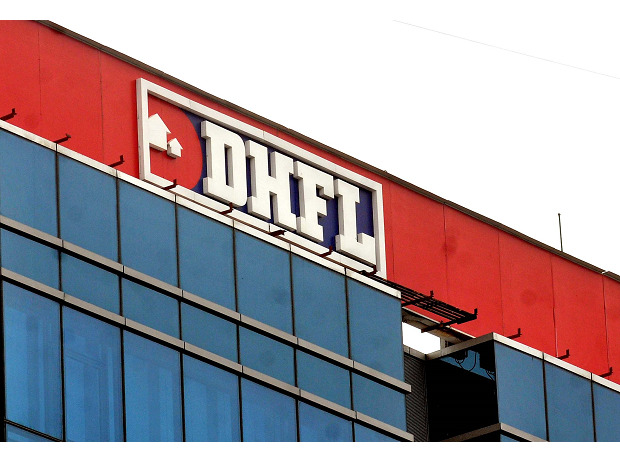In the past, crony capitalists have found a way to circumvent the democratic setup. They have been using public money for their businesses, and if the businesses failed, they were not made liable for the failures. However, this is not the case anymore, as IBC has been making headwinds into the Indian economic space, and the recovery of NPAs has caught its pace.
DHFL creditors get a sigh of relief
Thanks to Insolvency and Bankruptcy Code, the lenders of Dewan Housing Finance Corporation Ltd (DHFL), a deposit-taking housing finance company are about to get the first installment of their dues. The total amount recovered in the first phase will be Rs 37, 400. This amount will be further divided into 20 per cent cash and 23 per cent non-convertible debenture (due in seven years). The non-convertible debenture is a type of bond which is backed by a company or government (In this case, Piramal Group is the parent of DHFL).

The consortium of lenders which is led by the State Bank of India and consists of Bank of India (BOI) and Union Bank of India (UBI) is to receive a total payment of Rs 87,400 crores. SBI had given Rs 7,267 crores, BOI had given 7,125 crores while UBI has total claims of Rs 3,605 crores as a loan to DHFL. Out of the recovered amount, Rs 1,453 crores will go to SBI, BOI will be getting Rs 825 crore, Rs 721 crores will be handed over to UBI.
DHFL’s problem came to the limelight in June 2019, when it defaulted on several debt payments, which resulted in a 90 percent fall in share price. For the next few months, it was hit by constant raids and money-laundering charges. Finally, in 2020, the Reserve Bank of India removed the board of directors of the DFHL, citing “governance concerns and defaults” regarding payment obligations. The insolvency proceeding was then handed over to the National Company Law Tribunal (NCLT) under the provisions of IBC, 2016.
Before the Modi government came to the power in 2014, the total NPAs stood around 52 lakh crore. The simplified process under the IBC has reduced NPAs to 8.34 lakh crores by March to 31 NPAs this year. Insolvency proceeding normally used to take around 4.3 years on an average in India, which is way slower than 1 year in the United Kingdom and 1.5 years in the USA. The IBC has not just reduced this time period, but also made India a friendlier destination for companies looking to invest in India.
IBC-A game-changer for entrepreneurs
The insolvency and bankruptcy code, 2016 is a landmark bankruptcy law that provides a single-window solution for insolvent companies. Consisting of 255 sections and 11 schedules, it simplifies the process and protects the interest of small investors. Under IBC, an insolvency process has to be completed within 180 days of initiation of proceedings. It allows for the extension of deadlines, only if the creditors agree to it. Apart from quick resolution, one specific provision which makes it successful is that it provides the creditors to gain control over the debtor’s assets in case of default in repayment.
IBC is regulated by the Insolvency and Bankruptcy Board of India (IBBI), which consists of 10 members from RBI, Finance, and the law ministry. If the companies do not find the insolvency proceedings satisfactory, then they have to go to the National Company Law Tribunal (NCLT). This has turned out to be a game-changer in the ease of doing business in India.
Earlier, the companies were not sure about India’s promise of upholding the rule of law, but IBC with its fixed deadline changed this perception. However, even after so much efficiency under the 2016 code, IBC was missing MSME-specific solutions. The IBC 2.0 introduced in 2021 has provided specific remedies for insolvency in MSME sectors as well.
Owing to initiatives like Aatmanirbhar Bharat, Make-in-India, and schemes like Startup India and standup India introduced by the government, more and more companies are propping up. But we have to acknowledge that not every company will be successful and only a few will turn out to be unicorns. IBC’s most significant feature is that it provides flexibility for companies that are on the verge of failure, while also making sure that they do not end up taking advantage of flexible rules.































